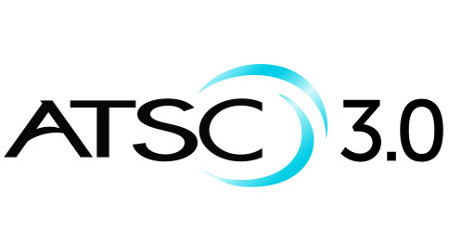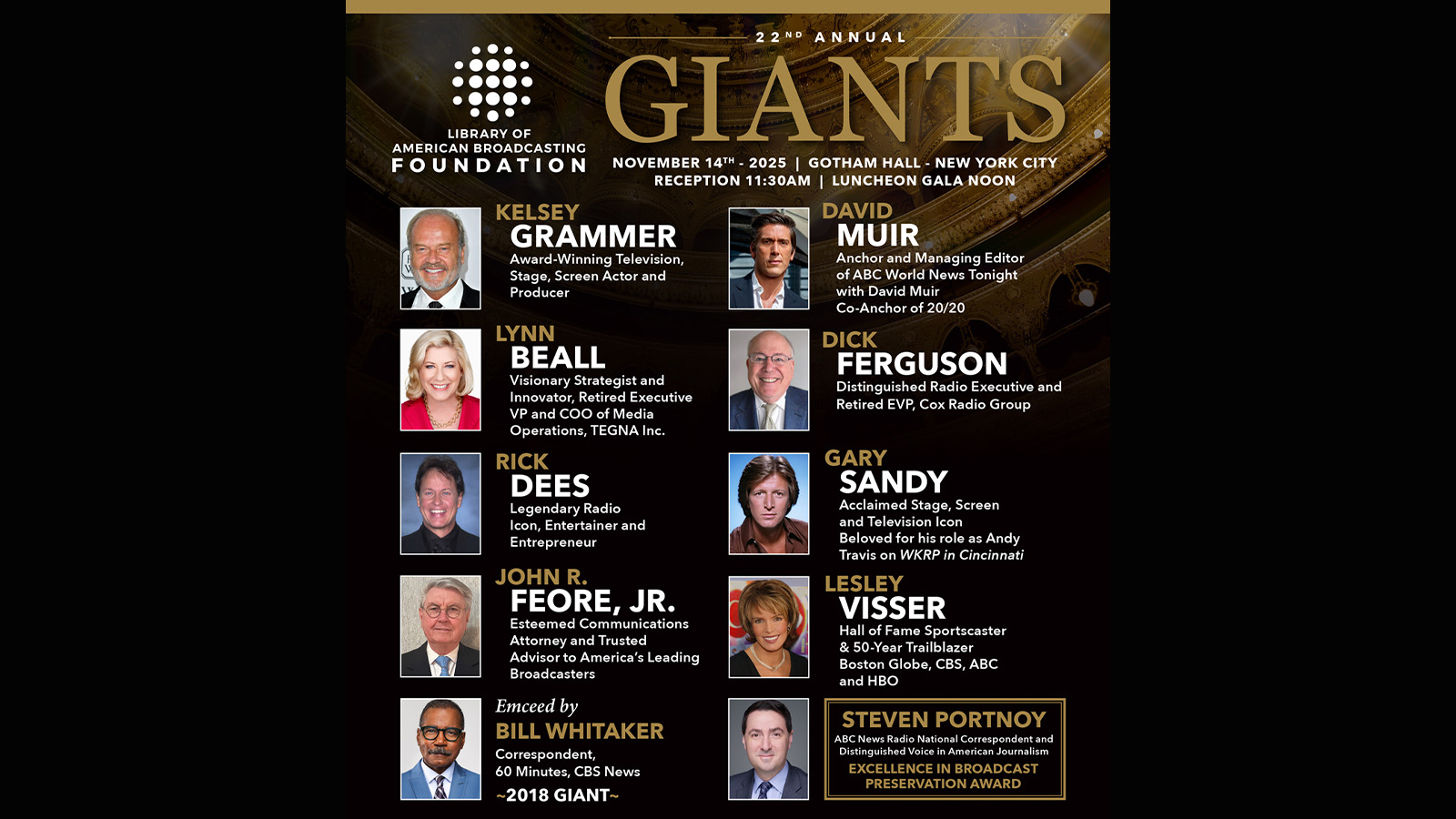Microsoft Calls Second Channels for ATSC 3.0 Simulcasts ‘Unnecessary’
WASHINGTON—As broadcasters continue to figure out their strategies for making the transition from ATSC 1.0 to ATSC 3.0, Microsoft has made its thoughts clear on one potential strategy—granting a second channel for ATSC 3.0 simulcasts. Microsoft says “there is no evidence that there is any true need for these extra simulcast channels.”

That statement came from a ex parte letter from Paul Margie, Microsoft’s counsel, to Marlene Dortch of the FCC. The company’s stance came after an Oct. 15 meeting between Microsoft representatives, their counsel and members of the FCC’s Media Bureau and Office of Engineering and Technology in regards to a Joint Petition for Rulemaking about the use of the next-generation broadcast television standard.
While saying it supports ATSC 3.0 and its potential benefits for consumers, Microsoft also states that “granting a second channel to every license in the country for voluntary ATSC 3.0 simulcasts in unnecessary to the transition.”
The letter says that there is plenty of unused spectrum and available simulcast partners in urban areas to assist with the transition, while in rural areas it argues the costs of having a second channel may be prohibitive for many.
“Broadcasters initiated the ATSC 3.0 transition with the express representation that no additional spectrum would be necessary. Further, doubling the spectrum holdings of every broadcaster in the nation, without an auction or an end date, is inconsistent with FCC spectrum policy and would undermine the FCC’s policy of improving broadband connectivity in rural communities.”
This petition is related to one that Microsoft put before the FCC in the spring asking for a Notice of Proposed Rulemaking for changes it suggested to the 2014 rules regarding use of white spaces between channels in TV’s licensed spectrum. At the time, while agreeing with some of Microsoft’s proposals, the NAB said that it strongly opposed higher power operations on the first-adjacent channel to broadcasters licensed service with the current generation of receivers.
The full letter can be read here.
Get the TV Tech Newsletter
The professional video industry's #1 source for news, trends and product and tech information. Sign up below.
For a comprehensive source of TV Technology’s ATSC 3.0 coverage, see ourATSC3 silo.
